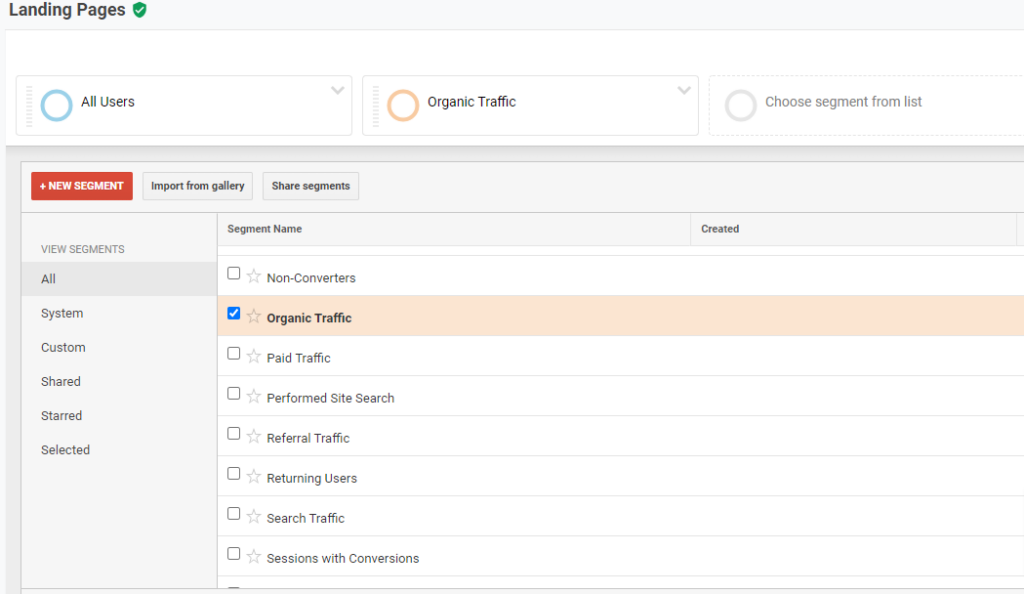Table of contents
What is Dwell Time of a Web Page?
The dwell time is the time a Google user spends on a web page after clicking on a search engine result before returning to the SERP. This definition implies that the visit must be organic and come only from the search engine. We mention this because there is a lot of confusion among SEO professionals when it comes to defining this term.
Why it is Important
Although there is no official confirmation from Google, there is a certain consensus among professionals that it is a positioning factor. In other words, Google takes it into account as a parameter for the algorithm when displaying its results in the search engine. Whether this is true or not, the truth is that dwell time says a lot about how we resolve a user’s search intent. As a general rule, it is understood that the higher the dwell time of a specific URL, the more likely we are to be solving the search intent. And the fact is that: A low dwell time is usually interpreted as a bad signal by search engines, although this might not always be the case. Translated with www.DeepL.com/Translator (free version)
How Dwell Time is Calculated
The reality is that there is no metric as such in any tool that we know of. As webmasters, we can intuit or make an approximate calculation of this KPI using Google Analytics. Let’s see how:
- Log in to your Google Analytics dashboard.
- And click on “Behavior” → “Site content” -> “Landing pages”.
- Then, set up a segment so that you only see “Organic Traffic”.
- Finally, check page by page and verify those results that are well below the average.


We have already mentioned that the dwell time measures only organic visits, so it is necessary to isolate this factor:
How to Improve your Dwell Time
If the dwell time on a URL is low it is best to review the content and decide if action is needed.
In general, there are small tricks you can use to improve the dwell time, always thinking about the user experience and satisfying the search intent.
It makes no sense to perform the following tasks if what the user is looking for is a short and direct answer.
Evaluate this point well before reading the next section.
Here’s what you can do to improve dwell time:
- Reduce the loading time of each page or URL.
- Use attention grabbers or hooks to retain the user.
- Embed videos in the content or multimedia material may help.
- Extend the length of your content when the search is informational.
- Include links to other pages of your website with related content.
- Keep in mind to incentivize or create a CTA.
All these points will help you improve the user experience and retain them.
In conclusion:
Dwell time is a confusing concept that is often difficult to measure.
It is very easy to confuse with average dwell time, bounce rate or pogo-sticking.
In some ways, it is closely related to these terms.
But there is a very important nuance that we can always look at to get out of doubt.
And it is that:
El dwell time es una métrica asociada solo al tráfico orgánico.
This is the direct way to separate it from the rest. Since the other metrics always refer to web traffic as a whole.
Links and recommended reading:
Frequently Asked Questions
The dwell time of a web page is a very important metric to know if our content responds well to the user’s search intention or not. If you want to learn how to measure it on your website and make your copywriters’ job easier, you need to understand this concept in depth.
This depends a lot on the sector, niche market and type of web page we have. In general, we always want this average time to be as long as possible and somewhat longer than our competitors.
There is no such formula but we can calculate it based on the information provided by Google analytics by isolating the segment corresponding to organic traffic within the average time of stay.
